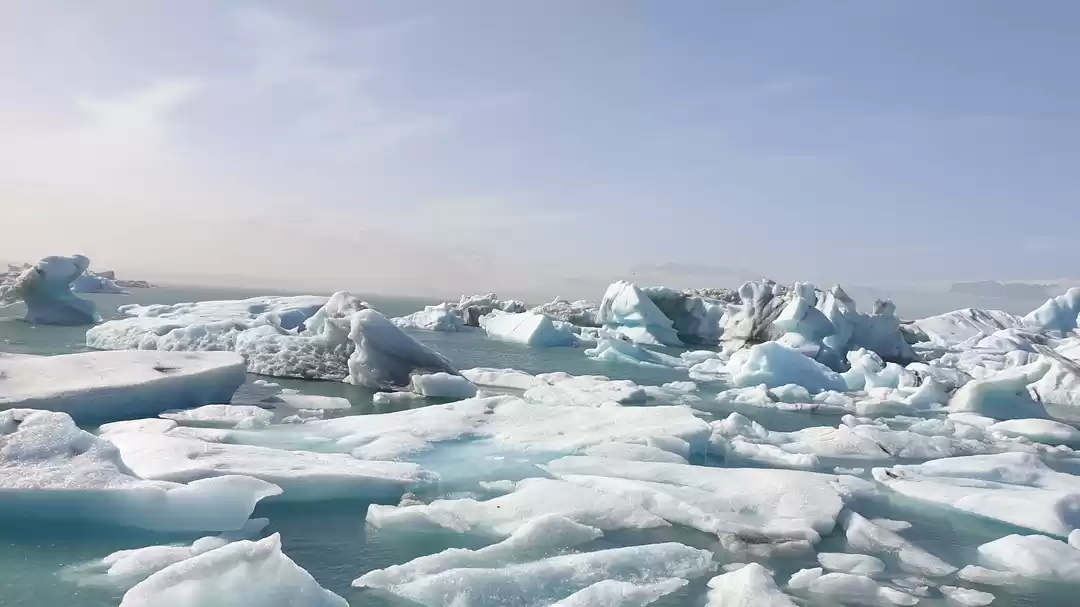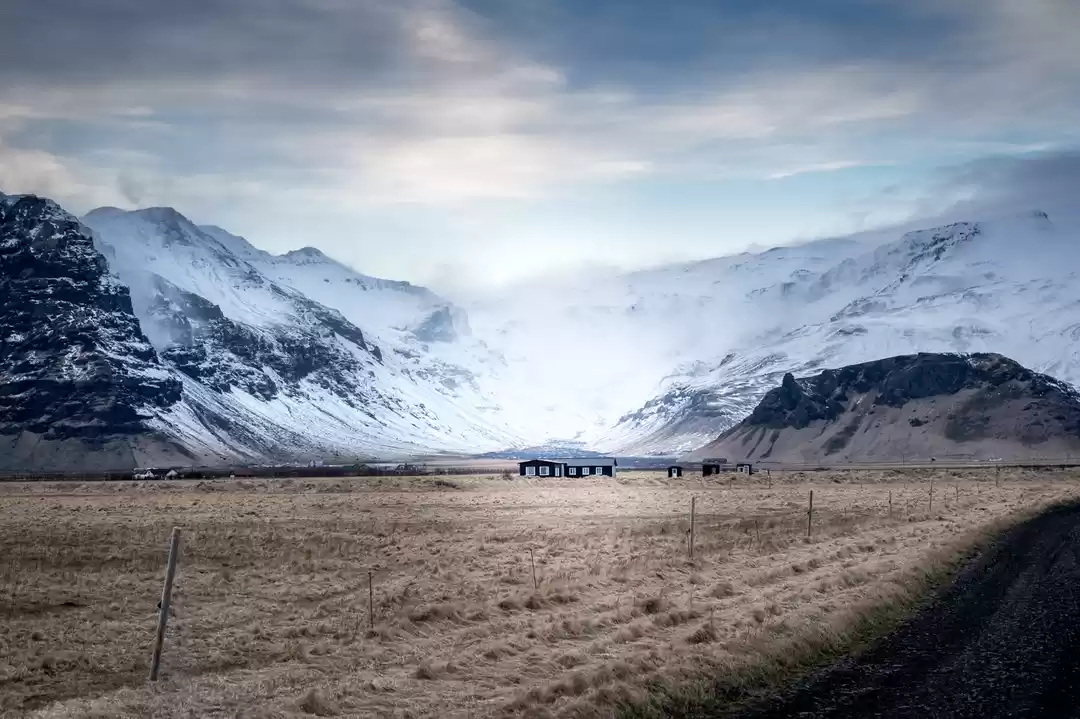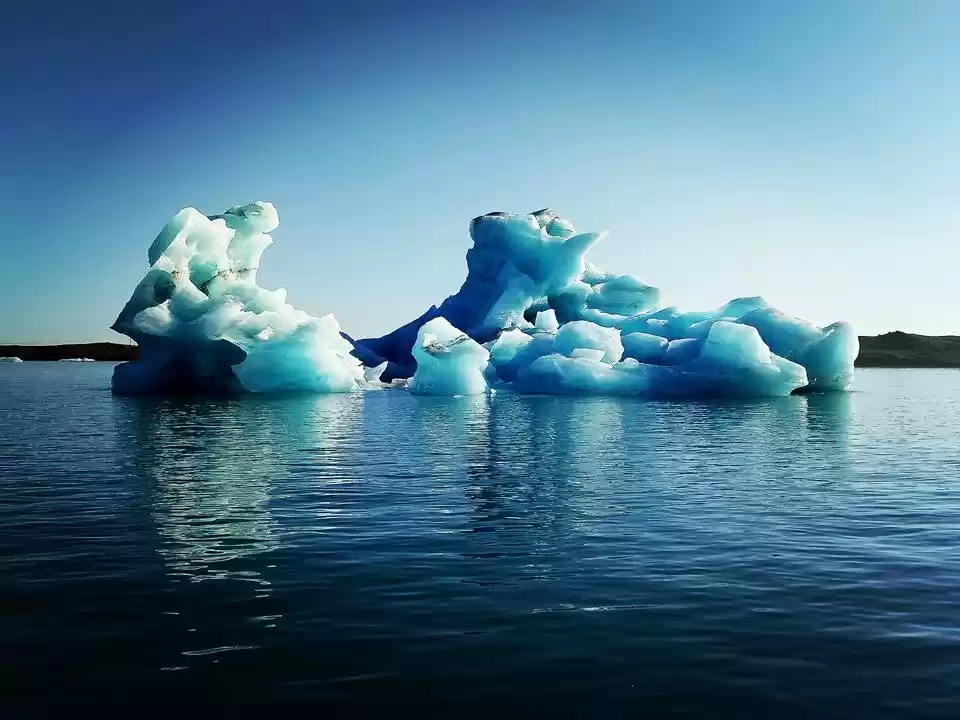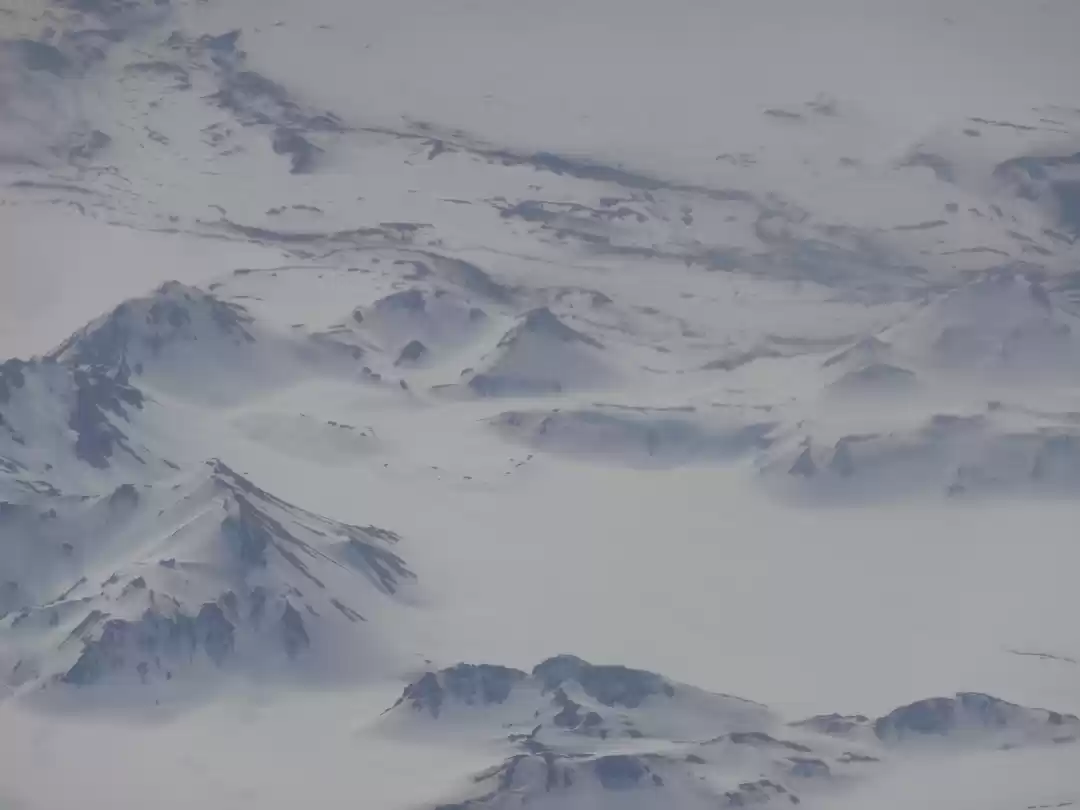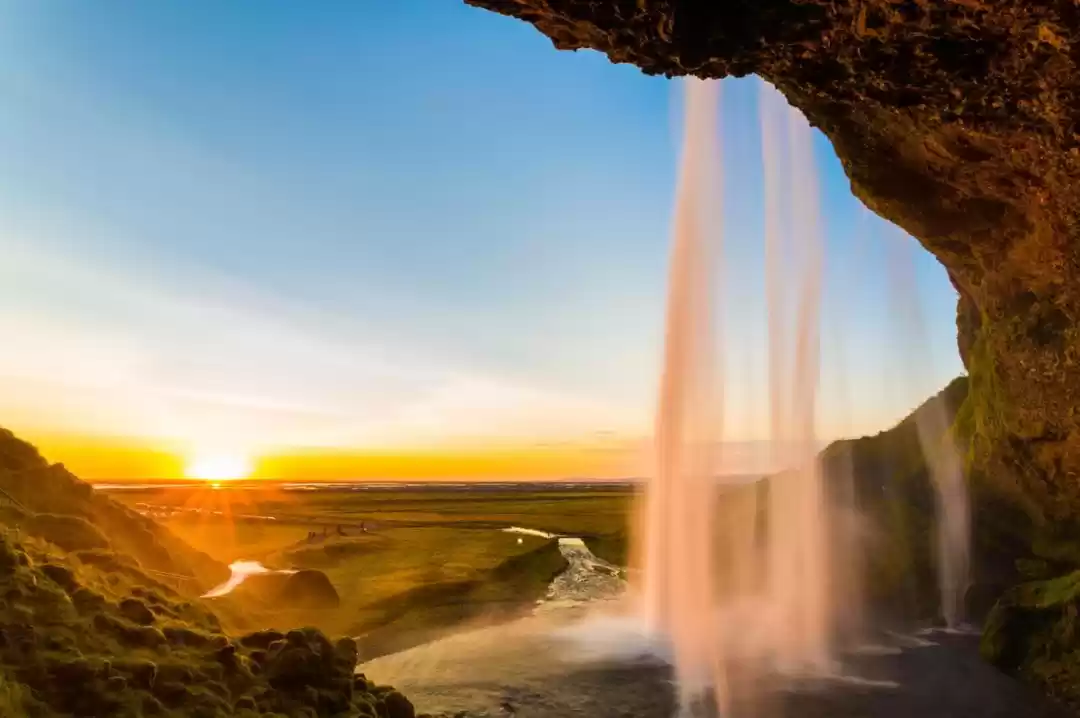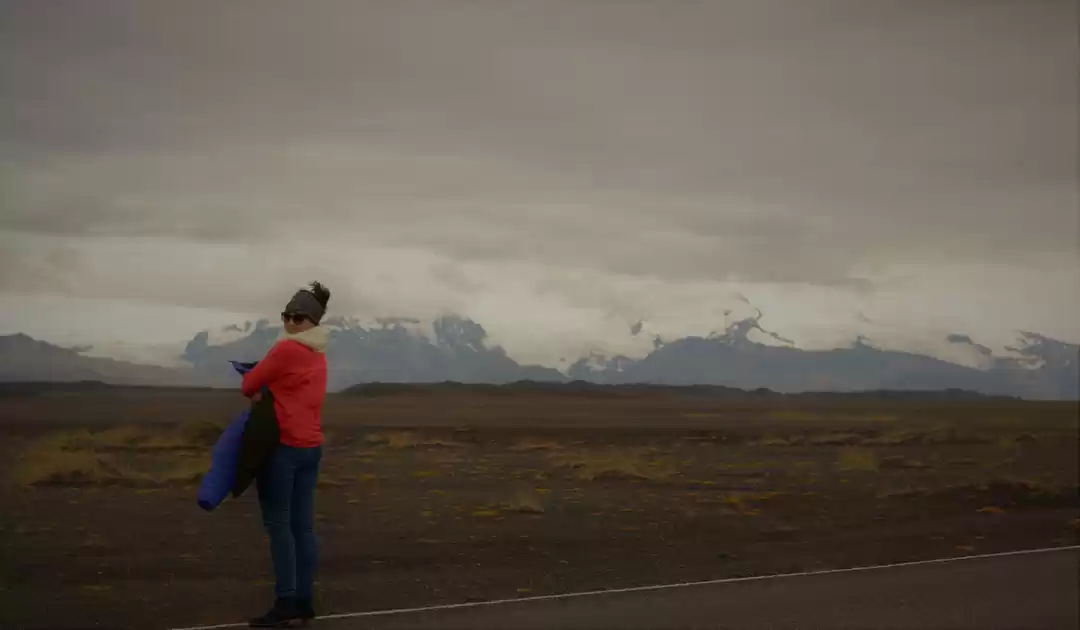
So you've booked a round trip ticket to Iceland and have an ambitious plan of doing the entire ring road with less than a week in hand? With so many unique things to do and wishing to go off the beaten path once in a while as well, we have planned this perfect list of stopovers to complete your loop. This itinerary is suggested for a self-drive trip with at least six days in hand. The beauty of a self-drive holiday is that you will have the freedom and flexibility to do it at your own pace.
The roads in Iceland are in very good condition, especially for an Arctic location. They are smooth and well kept with no potholes and sketchy cliffs these roads are accessible on any kind of car in the months of summer but still its advisable to check the road conditions beforehand as they constantly change depending upon the weather conditions. To keep yourself updated with road scenarios opting for Wi-Fi service with your rental car might come in handy at all times to figure out the weather, gas stations and eateries. The internet is accessible from pretty much everywhere in Iceland, even in the most remote places, connectivity would never be an issue.
This is the day that takes you around the legendary Golden Circle of Iceland that start from Reykjavík into central Iceland and back. It covers some of the most visited attractions and the whole trip may take anywhere from 4-8 hours depending on how often you stop for photos.
What is unique about this wonder is that it has both geological and historical significance. Iceland is divided by the Mid-Atlantic Rift and is the only place in the world where this rift is above sea-level. Not only can you see the edges of both the plates very clearly here but you are welcome to walk alongside both of these plates. The plates have been moving apart at approximately 2.5 centimetres a year. Lava fields fill the valley from magma that welled up as the continents spread, and the whole area is littered with ravines and ripped open by centuries of earthquakes.
What's unique about this place is that active geysers like Strokkur are rare around the world and many conditions must be met for them to form. They are only found in highly active geothermal areas. It is the greatest active geyser on site and erupts more regularly than many geysers ever did blasting water up to a height of 40 m.
Gullfoss is one of the country's signature waterfalls and it is no surprise why. Think of any waterfall you have been to, chances are pretty high that you viewed that waterfall from the bottom! Gullfoss Waterfall is unique because you view the falls from above and it appears that the waterfall is going underground. Gullfoss plunges into a gorge of foaming water so there is no way you could even view it from the bottom.
There are multiple angles from where you can view Gullfoss from above and each offers a stunning perspective of the powerful waterfall crashing into the river below. Seeing a waterfall seemingly disappear into the earth is a very memorable experience!

It is rare to find a stunning neon blue lake inside of a volcanic caldera. In addition to the bright, sapphire-coloured waters, the steep slopes of the caldera's bowl are almost entirely covered in red volcanic rock and green moss make it even more colourful. Just try not to lose yourself in its beautiful blue eye.

The fall is fed by melting water from the famed glacier of Eyjafjallajokull. This powerful waterfall cascades into a pretty meadow. However, the walk behind the curtain of water is the main attraction here. Remember to carry a raincoat and some sturdy waterproof shoes as it can get wet and muddy back there.
Iceland's most beautiful waterfall is fed directly from two glaciers, Eyjafjallajokull and Myrdalsjokull. The water cascades from a height of 200 ft. Due to the amount of spray produced by the cascade, you can see at least one rainbow over the falls any time any day! Once you are done marvelling at Skokgafoss from below, head to your right where you will 500 steep steps leading to an observation platform for a staggering view of the Atlantic Ocean and the South Iceland coast.

You must have visited a white sandy beach on a tropical island with palm trees curling around it. They're great. But what if I told you there's a lava beach that has risen from the ashes surrounded by lava formations, towering cliffs, and caves. Reynisfjara Black Sand Beach is hands down the coolest non-tropical beach you'd ever visit. And the best part is that you don't have to worry about a beach body because it isn't the tanning kind of beach.
More looking than touching because the beach is windy, cold and dangerous. Stepping into the water isn't allowed, for something like sneaker waves are known to sweep away people from the beach. Opposite to the sea is an insane natural pyramid made of basalt columns that looks like a staircase to the sky. It's hard to imagine how nature shaped the basalt rocks so perfectly, it almost looks like the steps to a throne that isn't there.
Fjaðrárgljúfur canyon is located off the ring road just west from Kirkjubæjarklaustu on road number 206. It is a protected natural monument which had been recently reopened to the tourists. The place has been formed by thousands of years of erosion, caused by the melting glaciers. Aside from the fact that it's often referred to as the most beautiful canyon in the world, Fjaðrárgljúfur is a great place for hiking and beautiful photos!
Today you would have to retrace some part of the previous day's drive because the places in today's list must be visited with some time in hand.
Formed entirely from glacial melt, Jökulsárlón is situated directly next to Iceland's largest glacier, Vatnajökull, which covers eight percent of the country. This place is constantly changing and might be in a completely different form a few years down the line. Despite the splendour of light blue and milky-white icebergs, the beauty of the glacial pool in southeastern Iceland is bittersweet. Due to the melting of the biggest non-polar ice cap of the world the landscape of Jökulsárlón grows both increasingly stunning and fragile. It has increased four times in size in the past 50 years and shortly, the glacier would completely melt. The lagoon connects with the ocean and is therefore composed of sea and freshwater mixture which causes its unique colour.
A visit to Jökulsárlón has become a must for Iceland bound travellers keen on seeing the lagoon that has become popularised in such films as "A View to a Kill," "Die Another Day," "Tomb Raider," and "Batman Begins."

Right next to the famous Jökulsárlón glacier lagoon you will find a black volcanic sand beach where icebergs from the lagoon drift ashore and create the most magical setting. The blue, black, transparent and white icebergs sit on the beach and slowly melt and you can walk amongst them. Prepare to be amazed by the natural ice sculptures. The best thing about the beach is that it never looks the same. Even if you just visited the day before, the beach will have changed completely as the icebergs will have reformed, melted away and new ones appeared.
While driving on the Ring Road drive eastbound past the town of Höfn after 7 km turn right onto an unmarked gravel road just before the tunnel. Follow this road for over 5 km and you will reach the black sand beach of Vestrahorn. This black beach acquires a lot of photographic attention for its perfect shots of Vestrahorn Mountain that descends to the Atlantic Ocean and its reflection is mirrored in the water. At Vestrahorn the layout changes very quickly from sunny to cloudy and foggy to rainy. It has even served as a backdrop in the Bollywood film Dilwale, and the surge in photography enthusiasts has resulted in making the farmer that owns the land really rich!
Today, for the most part, you'd be driving through the east fjords without too many stopovers. The majority of travellers don't visit this part of the country since it is out of the way unless you're driving the ring road. But the beauty of drive shouldn't be underestimated and you will encounter the most surreal remote truly Icelandic landscapes today! Starting from the town of Höfn you will head towards the town of Egilsstaðir. From Egilsstaðir there are several small villages for which people take detours but Seyðisfjörður would top that list.
This is a picturesque town of old wooden houses and rainbow streets, set in a powerful fjord. Despite being one of the smallest towns you'd ever visited the reason it is worth it is its seclusion and the scenery in this town second to none.
Getting here or out of here is far from easy. You will have to cross the Fjardarheidi mountain road which is the highest in Iceland not tunnelled. At 620 meters the view on either side is both hair raising and magnificent.


Drive to the town of Akureyri for an overnight stay for Iceland has two major cities–Reykjavik in the South and Akureyri in the North. While Reykjavik gets a lot of attention for its proximity to the airport and is the most cosmopolitan, its counterpart in the North, Akureyri makes a great base for exploring the entire Northern region of Iceland.
More than a 1000 years ago when the Icelandic parliament decided to give up their pagan religion in favour of Christianity, idols of the ancient Nordic gods were then thrown from the top of the waterfall. The cascade retains its name, Godafoss, in memory of this event. You will love the sheer power of the fall with which this horseshoe-shaped fall digs the canyon.
Directly north of Vatnajökull National Park the Lake Myvatn area can be hard to reach during the winter (late October through late March). Heavy snowfall and unpredictable weather can cause road closures and you'll need a 4x4 vehicle to navigate some of the gravel roads. But during the summer months, it is quite accessible and some incredible wide variety of things to do and see.
Soak in at Myvatn nature baths that are fondly called "the blue lagoon of the north" and take a 30 minutes hike to the foot of Namafjall volcano and Hevir geothermal area. The area is full of bubbling mud and steam vents. The colour palette can only be described as unearthly, presenting itself in deep red and orange vistas making it a perfect Game of Thrones shooting spot.
Drive back to Akureyri for overnight stay.
Start your day early from Akureyri and book yourself an early whale watching tour at the town of Dalvik.
Dalvík, is a whale-watching hub and guarantee that you will see humpback whales frolicking in the waves. It is also packed with many other kinds of whales and species of birds, making it a once in a lifetime chance to see some of nature's greatest gifts. Truly lucky boats may even spot a Blue Whale and if you are one of them the sheer size of it will take your breath away. This tour is fantastic for nature lovers and you will, of course, get lots of photo opportunities.
From the vibrant art and music scene to a treasure trove of world-renowned cultural and historical attractions, Reykjavík, the capital city of Iceland boasts of endless opportunities for fun and adventure. It is a very walkable city so you can explore all the major attraction including the famous Hallgrimskirkja Church at leisure.
Back to the airport
While heading back to the airport you will visit the famous Blue lagoon today. Remember to pack your swimsuit and a pair of clothes to change handy in a separate bag.
Hailed as one of the wonders of the world by the National Geographic, this geothermal spa is truly a gem in its own right. The sustainable energy produced by the Power Station shows combines with nature to form blue milky water of this wellness spa.
This itinerary involves a lot of driving but the beauty of Iceland is such that you'd never feel bored even if you travel on the same road twice. Because "sometimes the journey itself is more beautiful than the destination"!
Have you been to the this wonderland? Tell us about it in the comments below or here and earn yourself some Tripoto Credits!
Be a part of the largest online community of travellers on Tripoto’s Facebook page!


